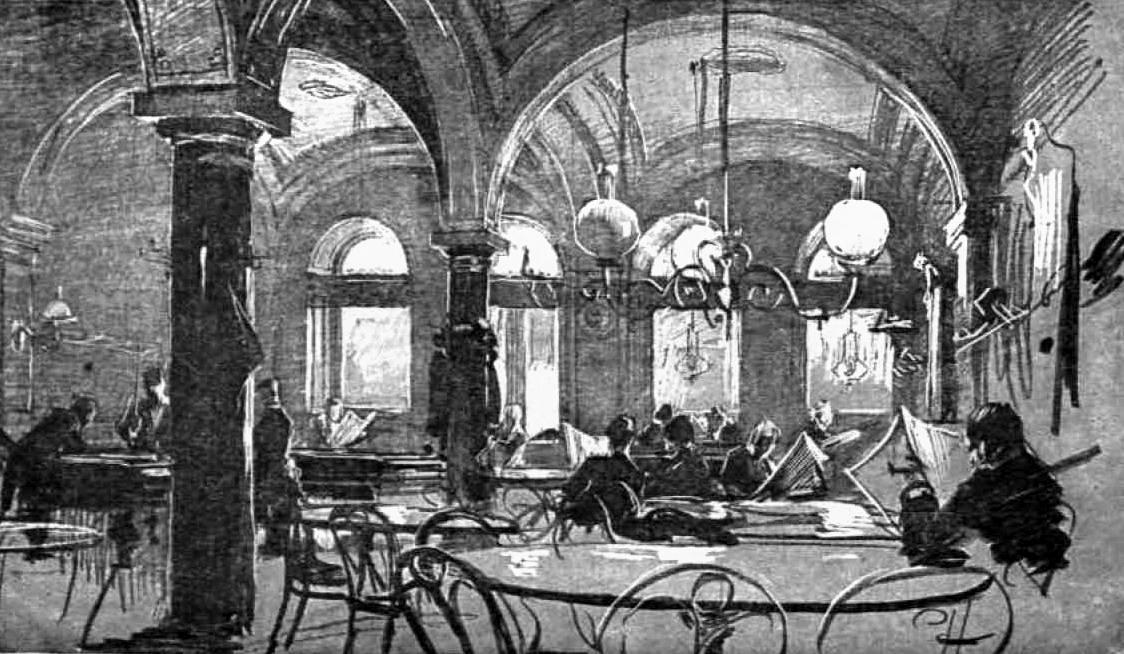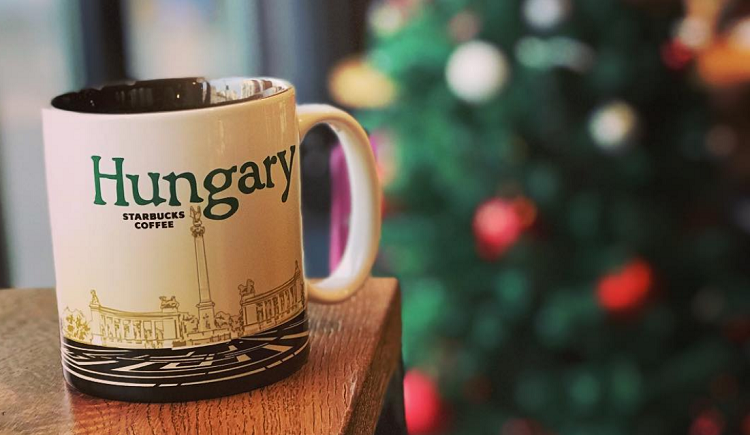
Is it possible to win a revolution with coffee? Even if a successful outcome is not guaranteed, many revolutions have nevertheless started in a café or a pub. Let’s think of the great French Revolution, the American Civil Revolution, and last but not least, the Hungarian Revolution and the War of Independence in 1848-1849. There have even been revolutions that broke out precisely because of coffee, such as in Prussia in 1785, where the law of the time restricted consumption to nobles, priests, and high officers. In 1675, the English King Charles II banned the consumption of coffee because he feared that gossip about him and the Queen would be spread in the coffee houses. It was almost as if he had known in advance that a coffee house would one day be the birthplace of dangerous ideologies.
This article was originally published on our sister-site, Ungarn Heute.
In Hungary, too, coffee houses were the centers of social life. Just think of the Pilvax Café, which was one of the starting points of the 1848 revolution. Pilvax (original spelling: Pillwax) was frequented mainly by young reformists. Funnily enough, before that, the place was called Café Renaissance (“new birth”). The name fits well with the struggle for freedom.
On the wall, there were pictures of the French Revolution. These images acted almost as subliminal advertisements, along with the knowledge that in the outbreak of the French Revolution (1789) the café also played an important role. During the French Revolution, for example, the Jacobins gathered at the Café Procope, the coffee house that still exists in Paris today.
The Society of Ten was founded in the Pilvax Café under the leadership of Petőfi and Jókai. In March 1848, it is where the youth delegate from Bratislava (Pozsony) announced the outbreak of the revolution in Vienna. Here Petőfi recited the National Song for the first time and the Twelve Points were published for the first time.
Fact
The presence of coffee was not always connected with historical events for Hungarians. According to the stories, when the Turkish army occupied a part of Hungary, they invited the Hungarian prince for negotiations. The meeting was organized as a lunch, at the end of which coffee was drunk. Hence the saying: now comes the black soup, i.e. now come the Turkish demands, now comes the “Turkish trap.” Other sources say, however, that it is a blood-based dish and it has nothing to do with this story.
How long has coffee actually been available in Hungary?
According to the legend, the Prince of Transylvania, Mihály Apafi, was the first Hungarian to consume coffee. This coffee was personally offered by Ali Pasha – who made him a prince – in his tent in Érsekújvár. It is thanks to the Turks that the “black soup” has become a part of our everyday lives. The Turks were the first to open the first coffeehouses in the country.
The first official coffee shipment to Hungary was made by a Turkish merchant named Bechram in 1579 – This year is the birth of Hungarian coffee culture. However, we should add that at first, only the Turks enjoyed the coffee.
The first real Hungarian café where our compatriots could enjoy a hot drink was the café of Cavesieder Blasius (“Balázs the coffee maker”), which opened in 1714. Later, other cafés were added where intellectual exchange took place.
Related article
Coffee Culture In Hungary
Hungary is ranked 19th in Europe and 24th worldwide in coffee consumption, roughly in a tie with the United States, both countries consuming about 3.1 kg per person annually.[1] The first 9 coffee consuming nations in the world are European countries, only Brazil made the top 10 in 2017 with a No. 10 ranking. There […]Continue reading
Coffee and the reform era?
In today’s Petőfi Street (formerly Úri Street), a house was built by Károly Libasinszky, a Polish nobleman. He had the right to sell coffee because he rented the building. The first person to brew black coffee on the first floor was Ferenc Privorszky. At that time the coffeehouse was called Café Renaissance and was opened in 1838. Besides the paintings depicting the French Revolution, there were also paintings showing the great personalities of Hungarian history. These were made by the Swedish painter Eduard Mollie. Later in 1842, the store was taken over by Károly Pilvax.
Fact
Some big names have been in the café, like the great Hungarian poet Sándor Petőfi, who made the Pilvax Café his regular place from 1844. The Society of Ten (“A tizek társasága”) was founded here. Petőfi often consumed his breakfast in Pilvax.
The café was then rented by János Fillinger, but the old name remained. The new boss was himself a military man and hung paintings about the heroes of the French Revolution on the walls. Fillinger was not afraid to get involved politically: at Petőfi’s suggestion, the restaurant was called the “Hall of Freedom” until August 1848, and there was even a recruiting office within its walls, thereby playing an important central role in the Pest Revolution.
Unfortunately, Pilvax no longer exists. The original building where the coffeehouse was located was demolished in 1911. The new Pilvax, which was opened very close to the original, continues its former past only in name. From which coffee house will the next possible revolution come? We hope, of course, that this will not happen. Or at most we will have to report on another “coffee revolution,” another “new wave” of coffee experiences, which already has a great culture in Hungary.
Related article
Petőfi’s Favourite Dish: Székely Goulash - with RECIPE!
The dish was inspired by József Székely, the chief archivist of the county, and given its name by poet and revolutionary Sándor Petőfi himself.Continue reading
Sources: National Geographic, Origo
Featured image via Gyula Háry/Wikipedia Commons


